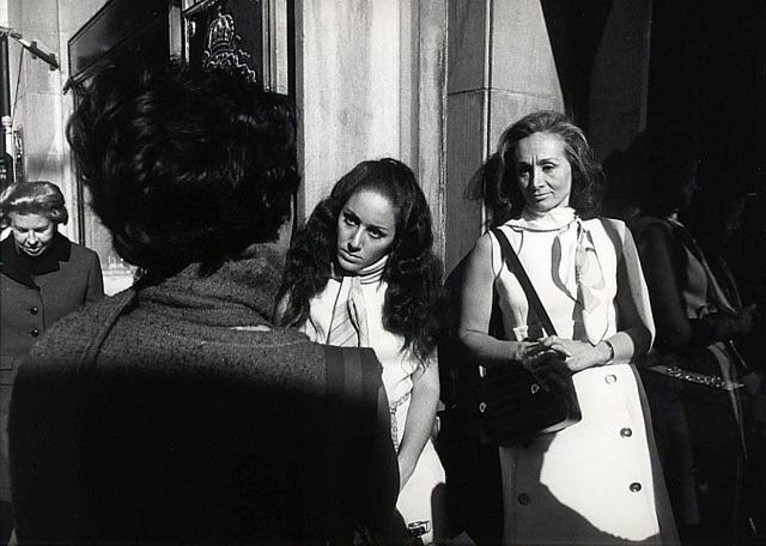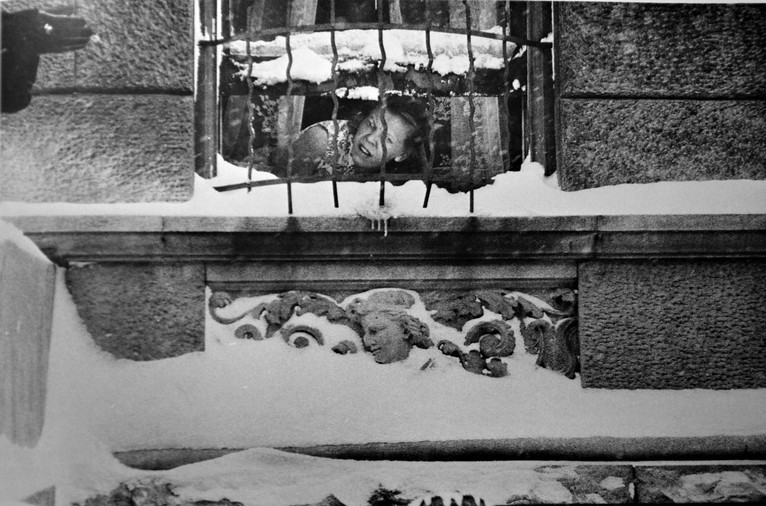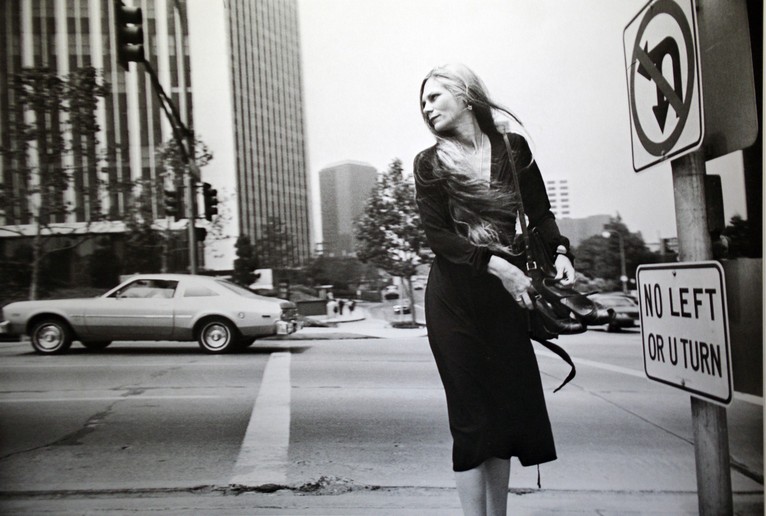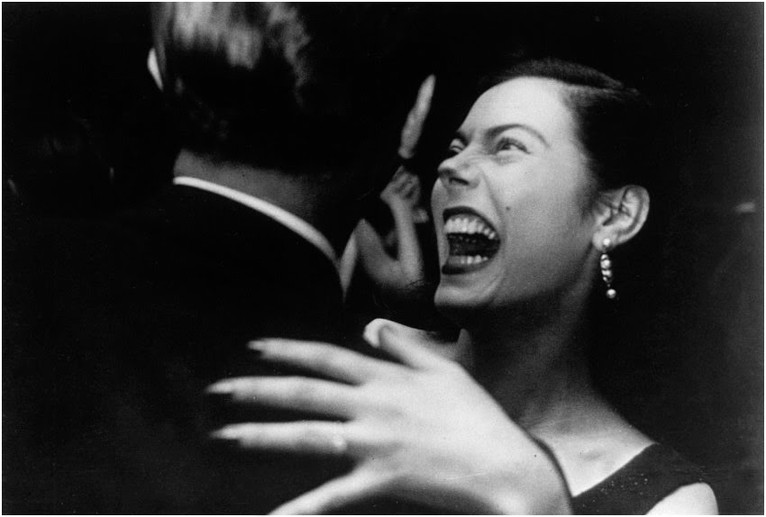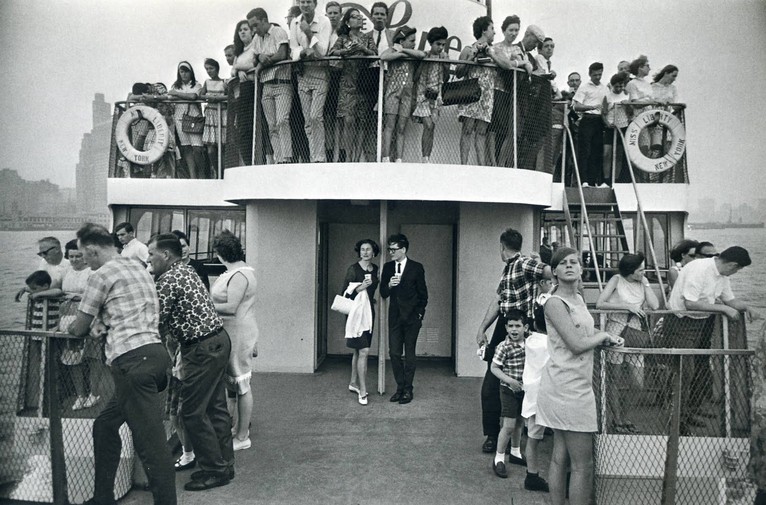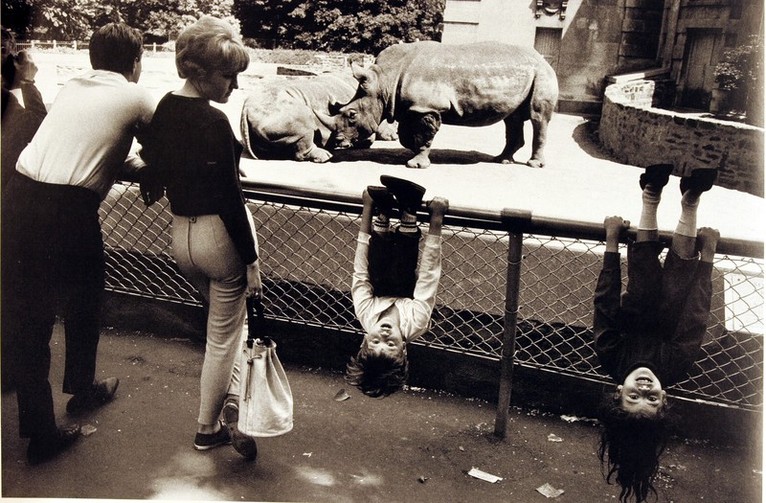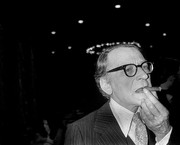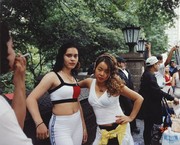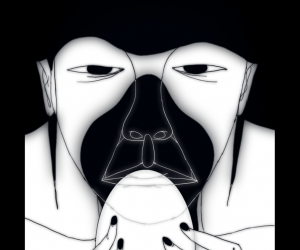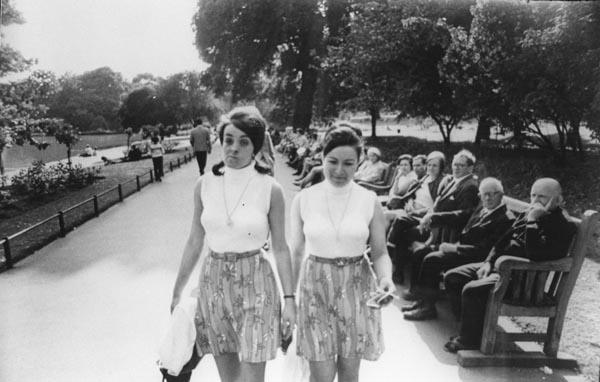
Garry Winogrand
Posted by Fabio 24 March 2011
Born in New York City, Garry Winogrand (American, 1928-1984) began photographing while in the United States Air Force. He studied painting at City College of New York in 1947 and photography at Columbia University, New York City, in 1948. In 1949 he attended a photojournalism class at the New School for Social Research, New York City, and from 1952 through 1969 worked as a freelance photojournalist and advertising photographer.
Winogrand was an important chronicler of contemporary American life. His approach to photography as social documentary was particularly influenced by Walker Evans’ American Photographs and Robert Frank’s The Americans, both published in 1955. While making the rounds with his commercial work, Winogrand would extensively photograph the streets of New York City for himself. Winogrand primarily used a wide-angle lens on a 35-mm camera and available light to capture telling moments in a seemingly casual, “snapshot” manner. The anonymous people depicted in Winogrand’s photographs inhabit those places and participate in those events that define American urban history: they are seen on the street, in the park, at the zoo, in shopping malls, museums, political demonstrations, athletic events, and airports. They are usually caught off guard, oddly juxtaposed against backgrounds that add further definition to them.
The success of Winogrand’s work lies in his two principal descriptive measuresinclusion and comparison. It would be a mistake to dismiss the backgrounds of Winogrand’s images as irrelevant visual noise. Rather, by using a wide-angle lens and incorporating numerous details into his frame, Winogrand further developed the meaning and relevance of his subject matter. Winogrand’s proof sheets make it clear that the photographer would often tilt his camera first one way and then the other, trying to find the configuration of facts that would best express the force of the energies that were his subjects.
Winogrand died of gall bladder cancer, in 1984 at age 56, leaving behind nearly 300,000 unedited and in many cases undeveloped images. Some of these have been exhibited posthumously and published in an exhibit catalog entitled Winogrand, Fragments from the Real World published by MOMA.

